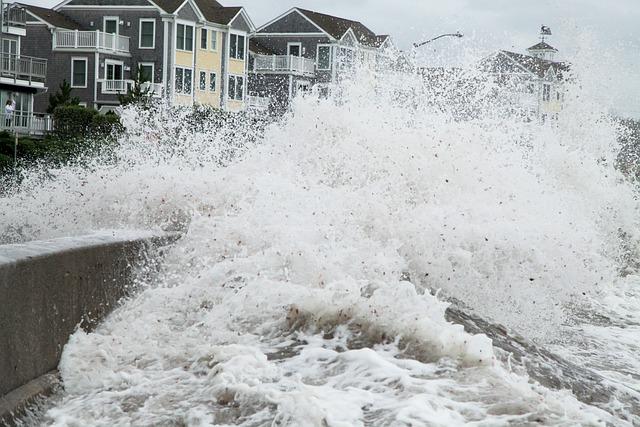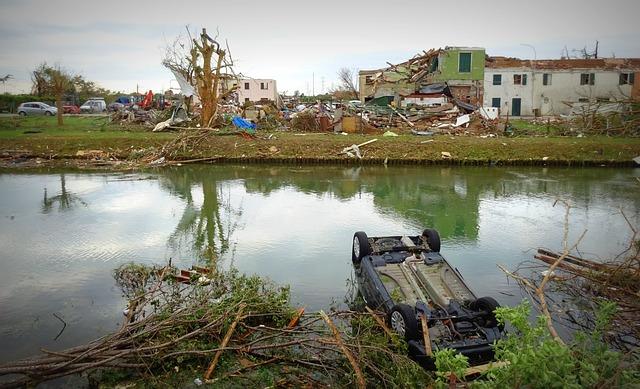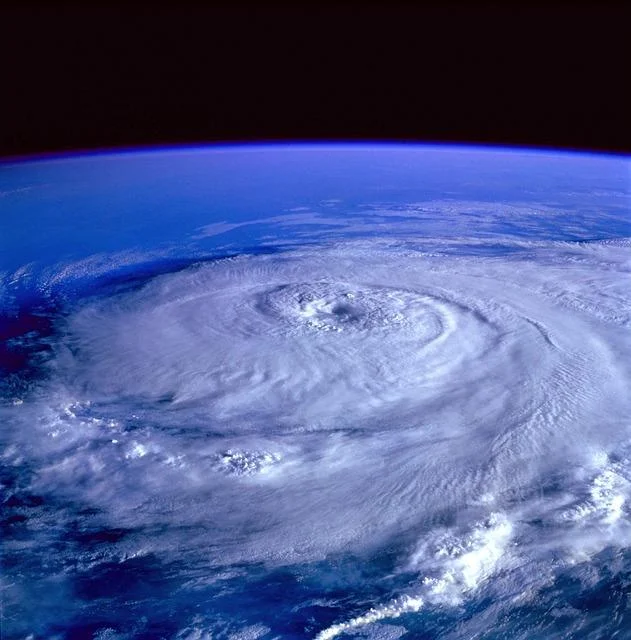Hurricane season is in full swing with roughly a month and a half left and several letters left to explore in the alphabet following Hurricane Francine, Helene, and Milton. Go here to learn tips on surviving the effects of a hurricane.
Florida, in particular, receives, on average, at least three hurricane threats each season, along with many tropical storms that carry the potential for evolving into devastation for the state. The season starts on June 1 and ends on November 30 along our Atlantic and Gulf of Mexico coasts.
Preparing Your Home for Hurricane Season

Each season, storms like Hurricane Francine, Helene, and Milton introduce themselves with floods, power outages, and destruction. Francine formed as a tropical storm on September 9 and developed into the season’s fourth hurricane the following day.
It was a Category two at full intensity as it swept across Louisiana with wind gusts as high as 102 mph, topped-out storm surges at four feet, and rainfall reaching 9.69 inches in the town of Covington.
Several hundred miles away from landfall in Apalachicola, Florida, the dangerous effects of Francine were felt, with rainfall reaching 12.75 inches.
Hurricanes are classed based on their winds and range from a Category 1 with gusts topping out at 74 mph to a Category 5 with gusts topping at 157 mph – catastrophic. When alerted of a hurricane, preparation is key to ensure your safety and that of your loved ones, including your fur babies.
Here are tips to be aware of as you prepare for a tropical storm or a hurricane this season.
Secure windows and doors
If you live in an area designated as a hurricane zone, it’s vital to ensure your windows and doors are in good repair as the season approaches. Adequate measures should be taken to secure the windows, such as installing storm shutters and reinforcing the garage door using heavy plywood or bracing.
For Floridians who want to take extra precautions, you can go a step further by investing in impact-resistant doors to significantly decrease the risks. This material is designed to withstand catastrophic wind gusts. While it’s meant to tolerate much abuse, it will likely relent if large, heavy objects smash against it.
If you have a restricted budget and opt for plywood, buying exterior- or marine-grade of at least an inch thick is important.
Roof and foundation repair
Invest in inspection to ensure the integrity of the roof and foundation before the season sets in. A new roof should be constructed well in advance of the season to be assured of its performance, efficiency, effectiveness, and safety. If corrections or adjustments need to be made, you’ll have time to have these taken care of.
Homes in Florida were likely constructed with roof straps. Anyone in a hurricane-prone region can request these for optimum property protection. These are metal straps attached to the beams.
Any damages to the foundation should be sealed. Flood waters will seep into the property through these cracks leading to water damage on the interior of your home.
The evacuation plan
Creating an evacuation plan is critical if the hurricane is deemed too dangerous to remain in your home. Houses and personal items can be replaced, but your life cannot. You’ll need to determine when you’ll leave and where you’ll go, the route you’ll take, and the items you’ll bring with you.
All homeowners will have a different plan, so make sure this works for your circumstances and create it ahead of the season. Pets should be a prominent part of your evacuation efforts; they must leave the property with you. Pet-friendly hotels and shelters are available and more so in difficult situations.
When creating the plan, also develop an essentials inventory in case you’re without power for a few weeks. It should include food, water, clothing, first-aid, pet supplies, and so much more. You can go on the FEMA site for a complete list of items to include in your essentials kit.
Items such as batteries should be purchased new and tested a few weeks in advance since these will be sold out days ahead of the alert.
Landscaping

Before hurricane season hits in the spring, it’s wise to begin landscaping the property in preparation. This includes trimming shrubs and trees, particularly those hanging over the house or with the potential for falling into the property.
These precautions can reduce the likelihood of branches flying into your home or damaging the roof. You’ll further prevent leaves and limbs from getting trapped in the gutters. Clogged gutters lead to expensive leaks in the interior of the property.
You can go a step further by investing in gutter cleaning and unclogging if you already have a buildup in the system. Heavy rains will lead to major problems.
The outside decor
Many people have outdoor effects to make their homes appealing from the curb and enjoy the garden with friends and family.
When a tropical storm or hurricane sets in, these items become dangerous flying debris. Storing or anchoring them is vital to prevent them from flying into your windows or doors with heavy wind gusts. Patio furniture can be folded and stored in the garage or a garden shed.
Heavier items like cast iron pieces should be tied down to keep them in place when the heavy winds get under them. It’s essential to keep in mind that hurricane winds have the potential to toss cars and trucks around with ease. The household decor would be of little difficulty.
Insurance coverage
The priority for hurricane preparedness is reviewing your home’s insurance plan to determine the deductible and coverage. You can decide if you need to add to the policy to ensure you’re well protected. You can also take out a separate flood policy since floods aren’t paid by standard home insurance plans.
These documents must be in a safe, conspicuous location, such as waterproof and fire-retardant containers.
Final Thought

Prehistoric hurricanes devastated Floridians and other locations throughout the hurricane-prone regions, particularly the 1935 “Calamity of the Labor Day Hurricane” that struck as a Category 5 in the Florida Keys with 18-foot storm surges leaving roughly 500 people dead, including World War I vets in the area.
It destroyed towns like Islamorada and serves as a reminder of the sheer force these storms have and the need to prepare when facing the potential for destruction.







